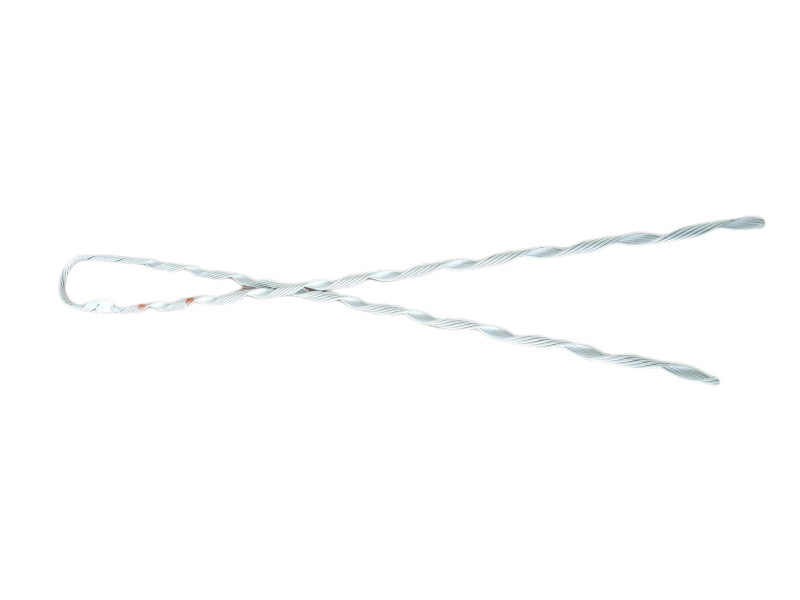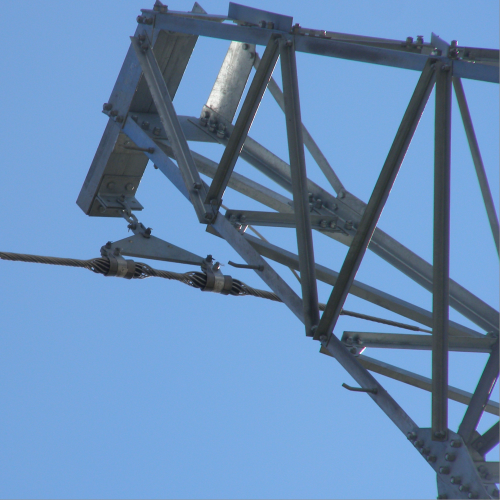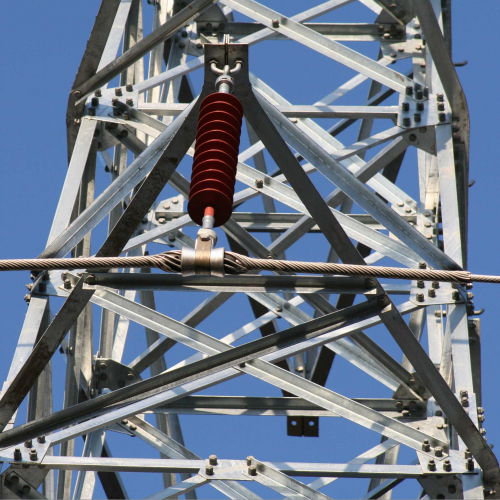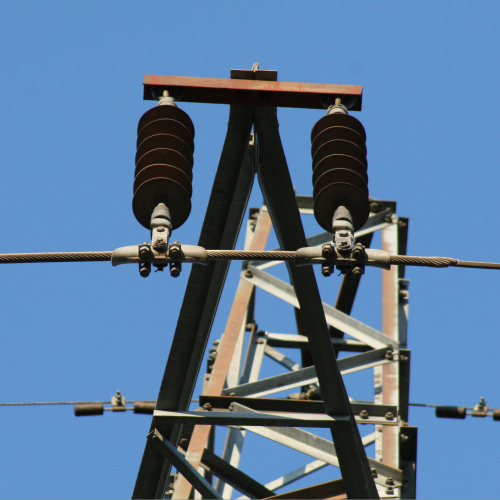As an important connection fixture in power and communication lines, the preformed tightening wire clamp has the advantages of strong grip, easy installation, and good corrosion resistance. The operating state of the clamp will directly affect the safety and stability of the line. In order to extend the service life of the clamp and ensure the reliability of line operation, scientific and standardized maintenance is very important. This article will introduce the maintenance points of the clamp in detail for you.
Daily inspections are the basis for timely detection of preformed tightening wire clamp problems. It is best to establish a regular inspection system and focus on appearance, connection status and surrounding environment during inspections. In terms of appearance, it is necessary to observe whether the surface of the preformed tightening wire clamp has physical damage such as cracks, deformation, and wear, and whether the preformed wire is loose, broken, or rusted. If the preformed wire is found to have a monofilament fracture, the location and number of fractures should be recorded. When the number of fractures exceeds 5% of the total number of filaments, it needs to be replaced. It is also necessary to check the connection status of the clamp with the wire and the tower to check the firmness and looseness. You can use a wrench to lightly test the tightness of the connecting bolts to see if they are loose. At the same time, observe whether there are traces of overheating in the part where the clamp is in contact with the wire. If there is discoloration, thickening of the oxide layer, etc., it may be overheating caused by poor contact, and it should be dealt with in time. When checking the surrounding environment, check whether there is foreign body entanglement around the preformed tightening wire clamp. Foreign body entanglement may affect the heat dissipation of the clamp or cause partial discharge.In foggy, humid or coastal areas, it is necessary to focus on checking the surface of the clamp for condensation and salt spray adhesion to prevent increased corrosion.

The regular maintenance of the preformed tightening wire clamp needs to be planned according to the operating environment and service life of the line. Generally, comprehensive maintenance is carried out at least once a year. Maintenance includes cleaning treatment, anticorrosive treatment, fastening and reinforcement, and performance testing. When cleaning the preformed tightening wire clamp, use a dry soft cloth or brush to remove dust and dirt from the surface of the clamp. For areas where oil stains are attached, you can wipe with a neutral detergent, then rinse with water and dry. In areas with harsh environments, the cleaning frequency can be appropriately increased to prevent the accumulation of dirt or oil from causing the insulation performance to decrease. When anti-corrosion treatment is carried out on the parts of the clamp that are not galvanized or the galvanized layer is damaged, the rust layer must be removed first, and after the metal is exposed, the anticorrosive coating that matches the material of the clamp should be painted, and the coating should be evenly covered so that the thickness meets the requirements. It is also necessary to check the fastening of all connecting bolts and tighten them in accordance with the torque value specified by the manufacturer. If the bolts are found to be corroded, slippery wires, etc., the bolts of the same specifications and materials should be replaced in time, and anti-loosening agents should be applied or anti-loosening washers installed. For wire clamps that have been in operation for more than 5 years, it is recommended to perform performance tests such as grip strength and resistance. Special equipment should be used for grip testing, so that the grip of the clamp is not less than 90% of the rated value. Resistance testing can use a DC resistance tester to measure the resistance of the wire clamp in contact with the wire. The deviation from the factory value cannot exceed 10%, otherwise it needs to be processed.




